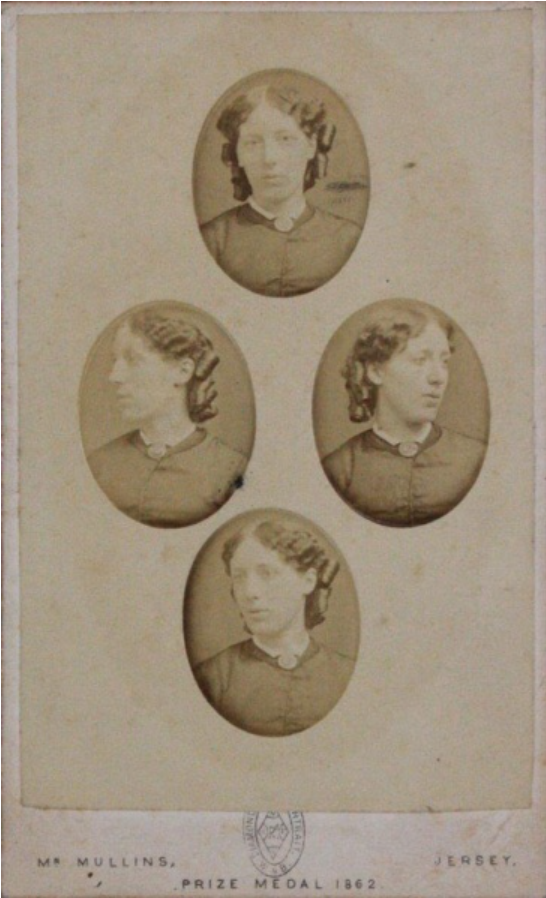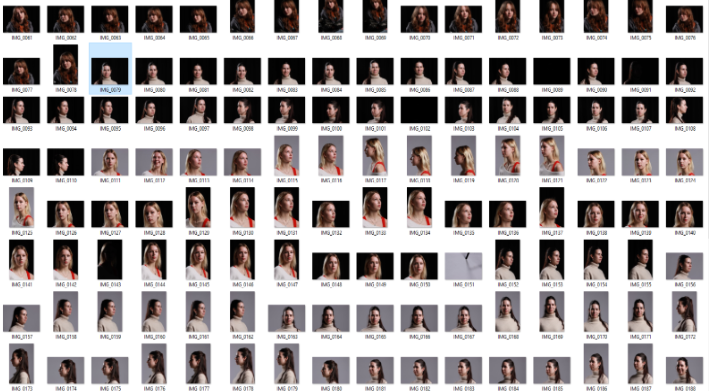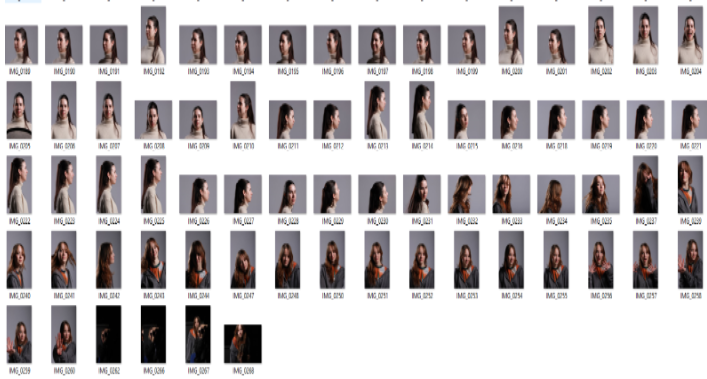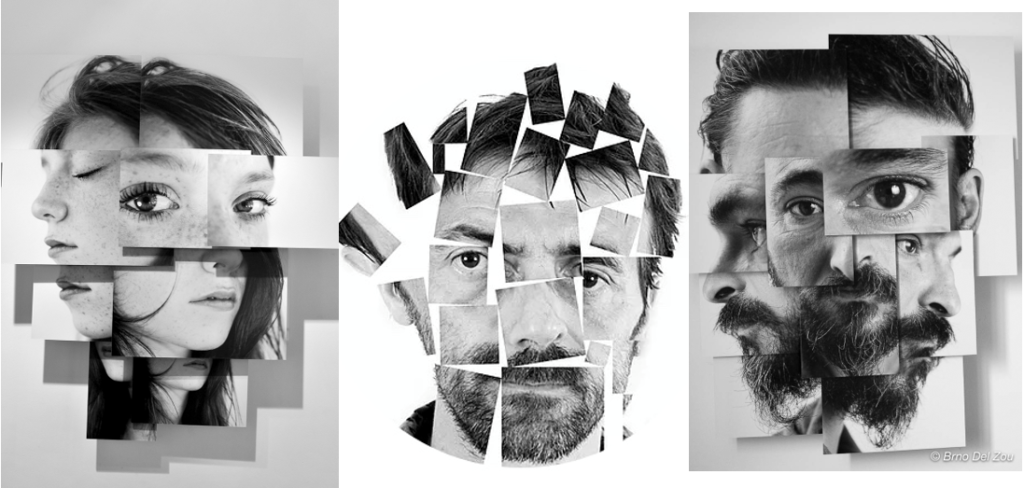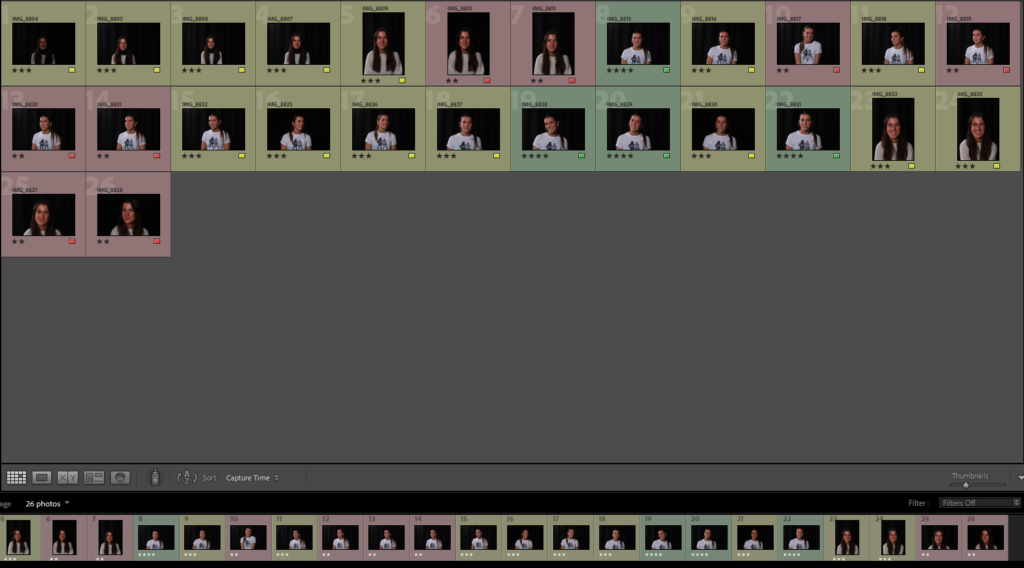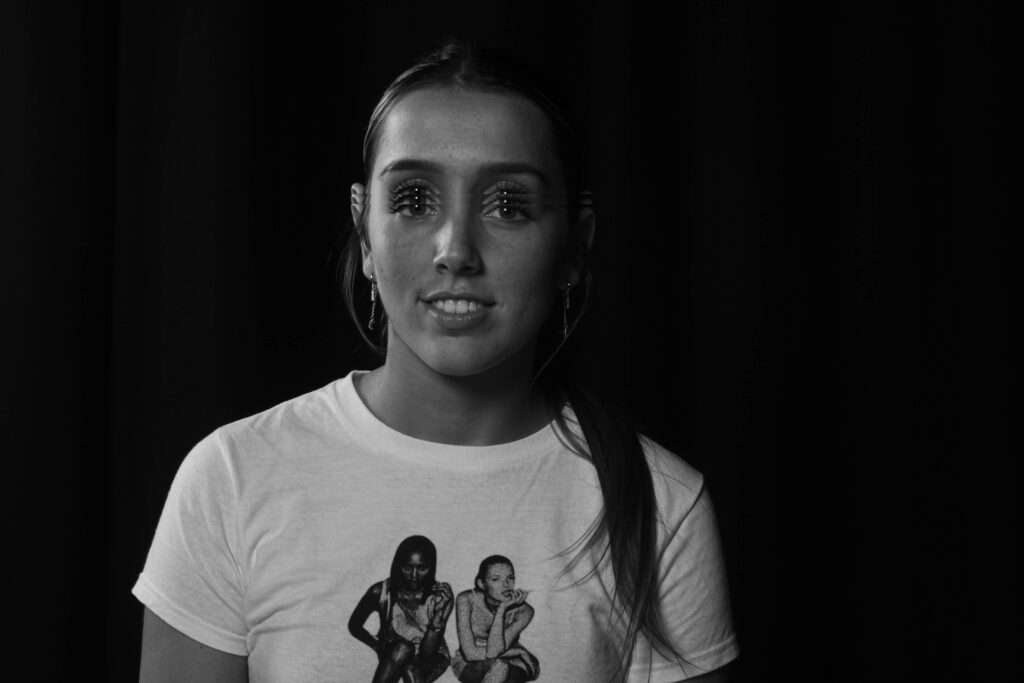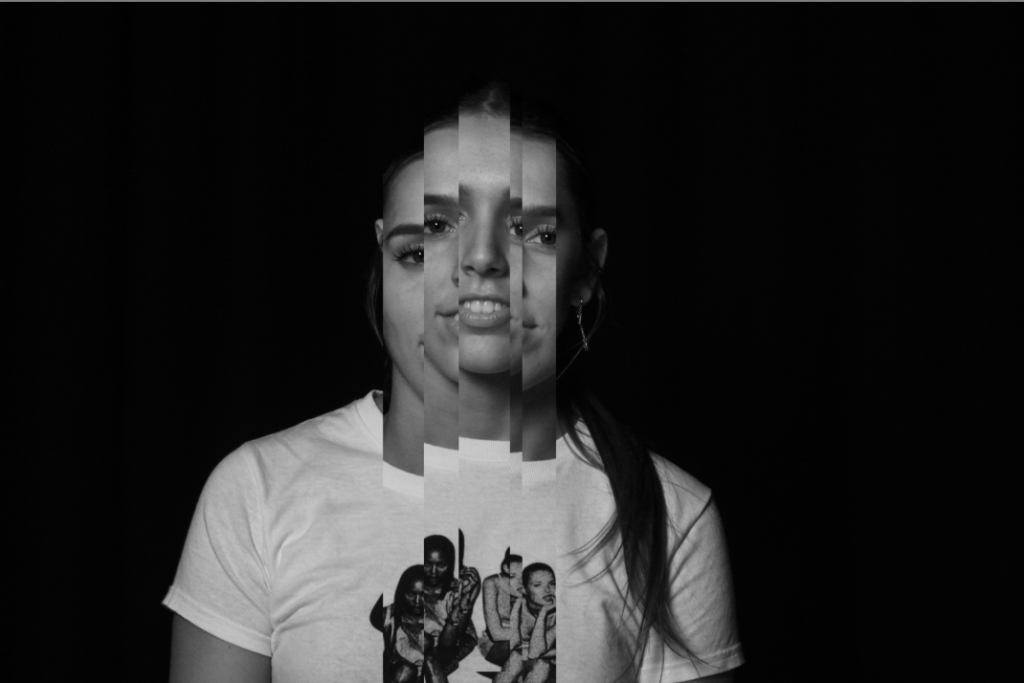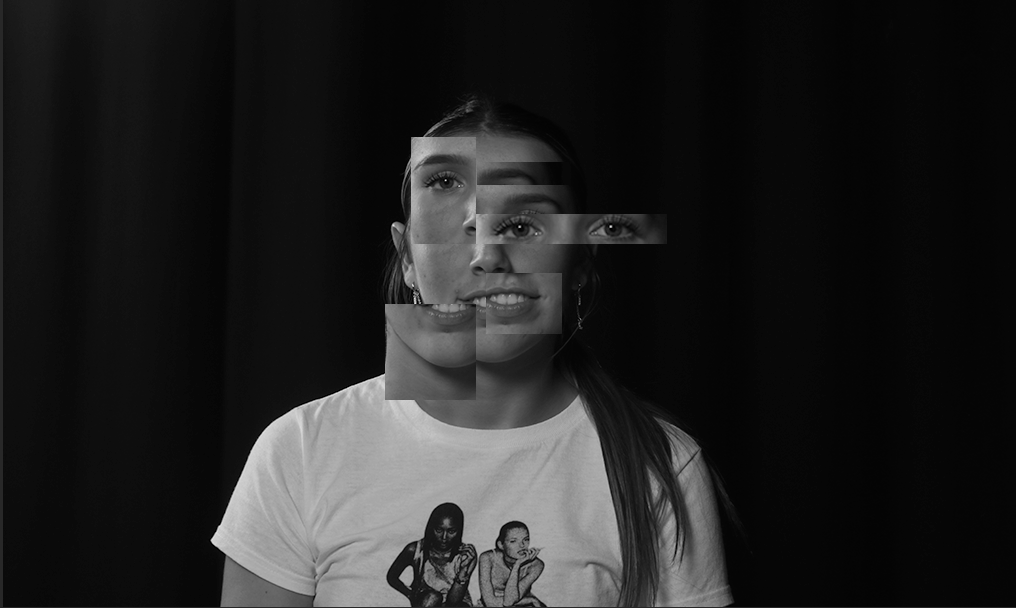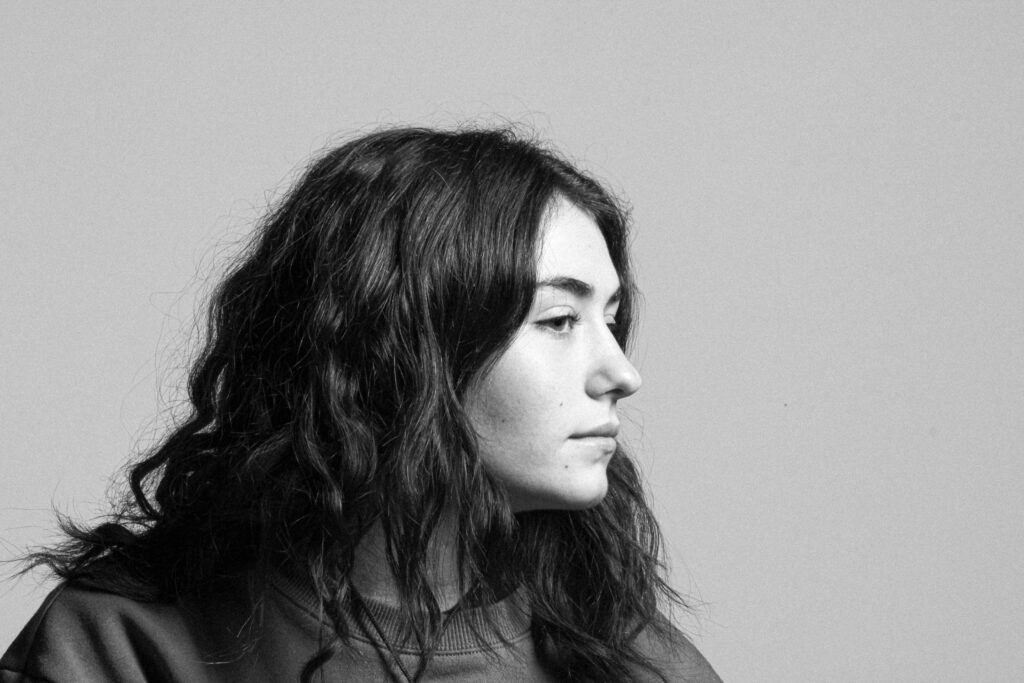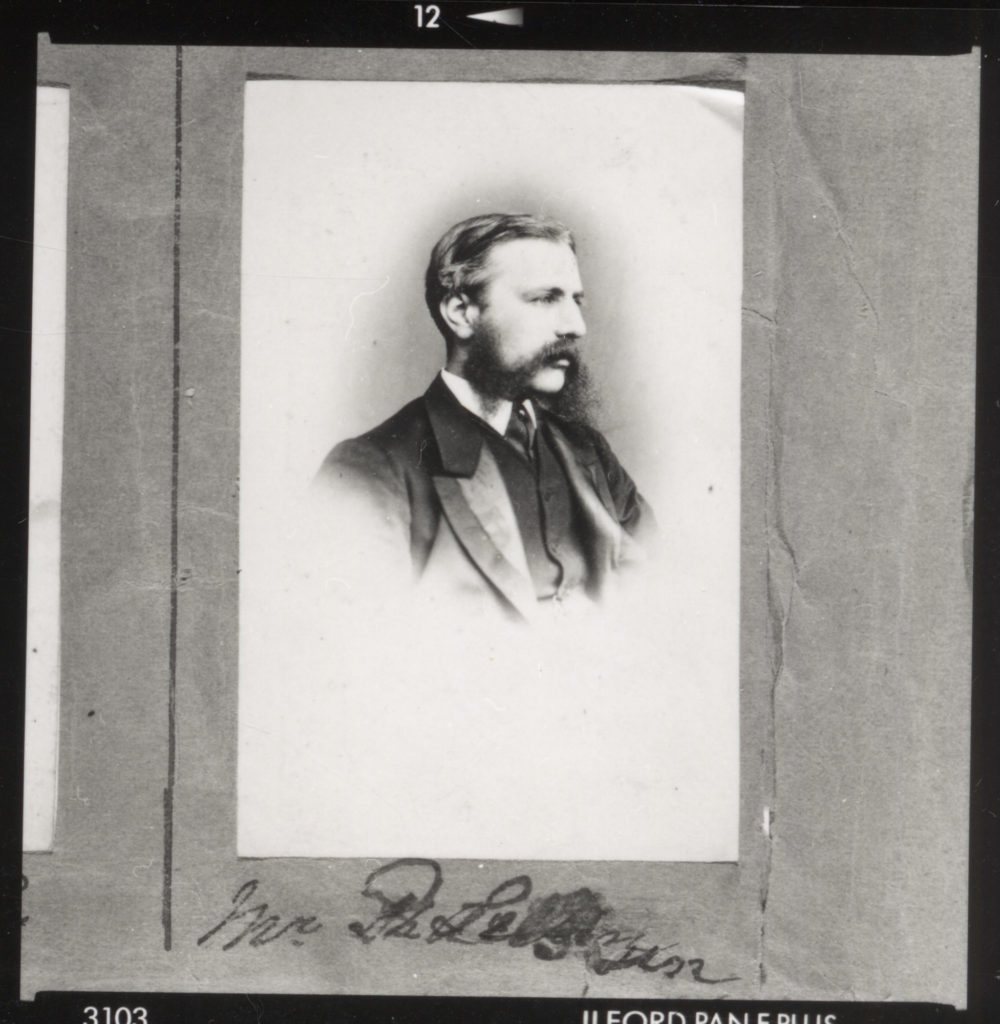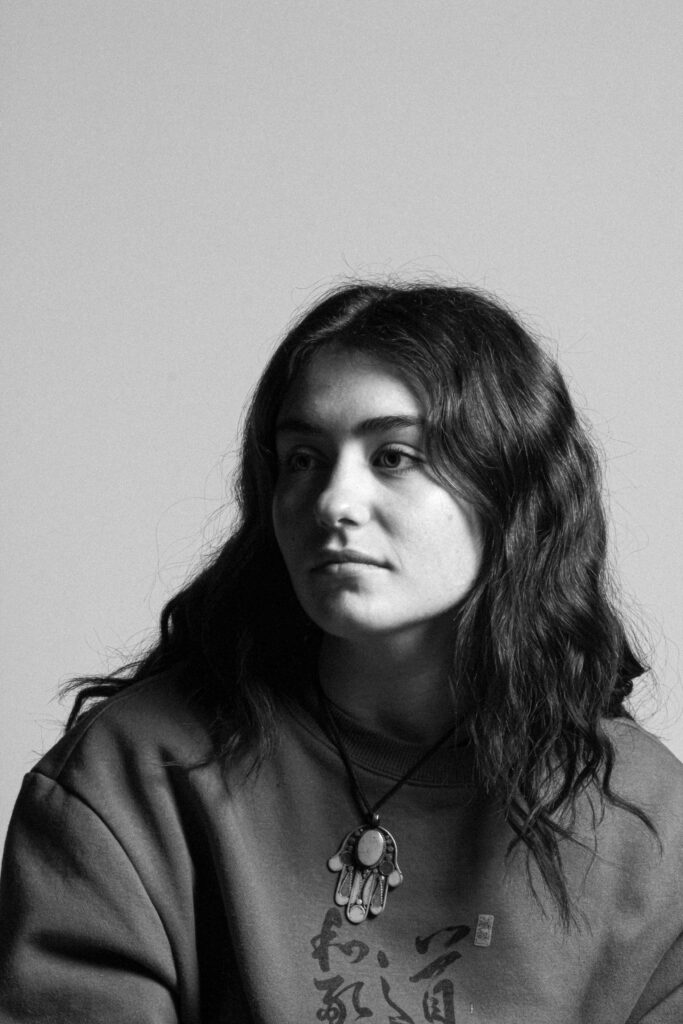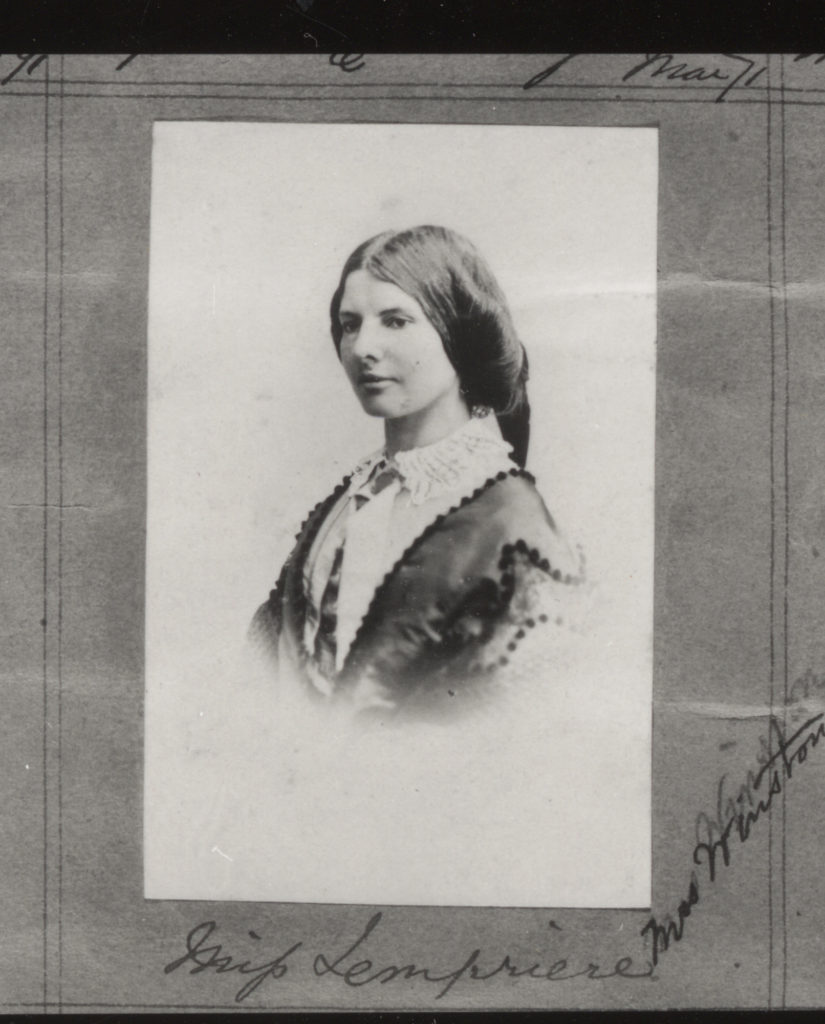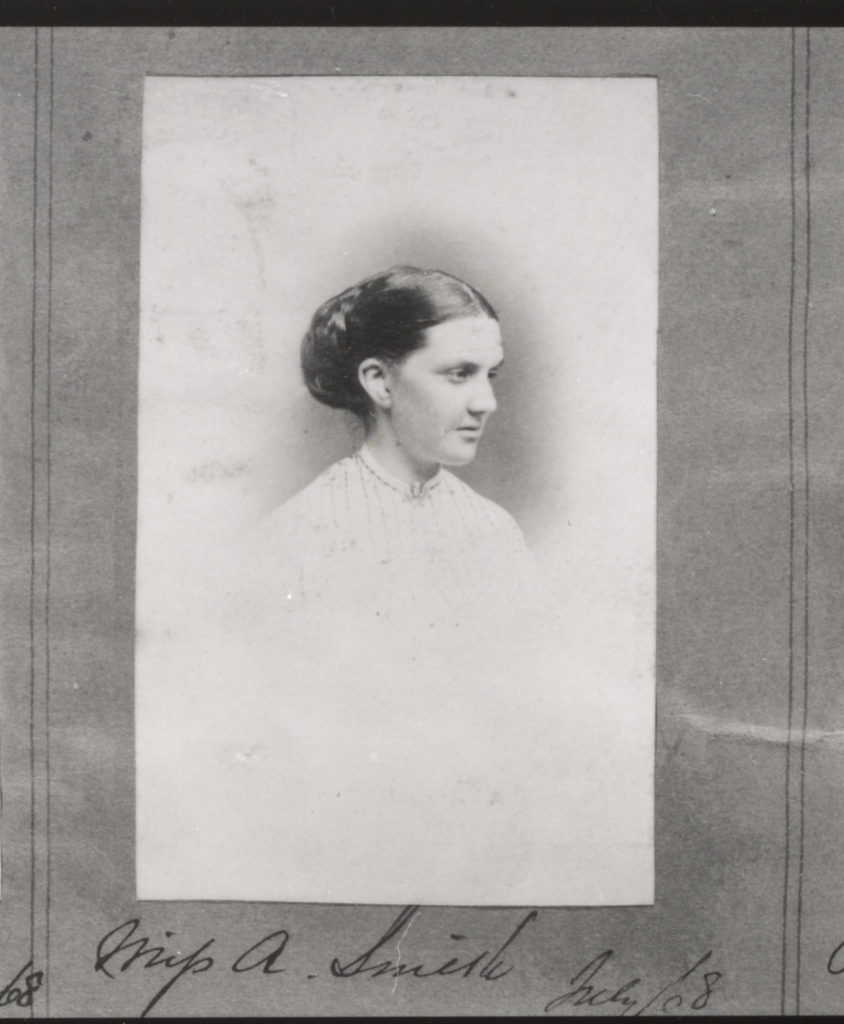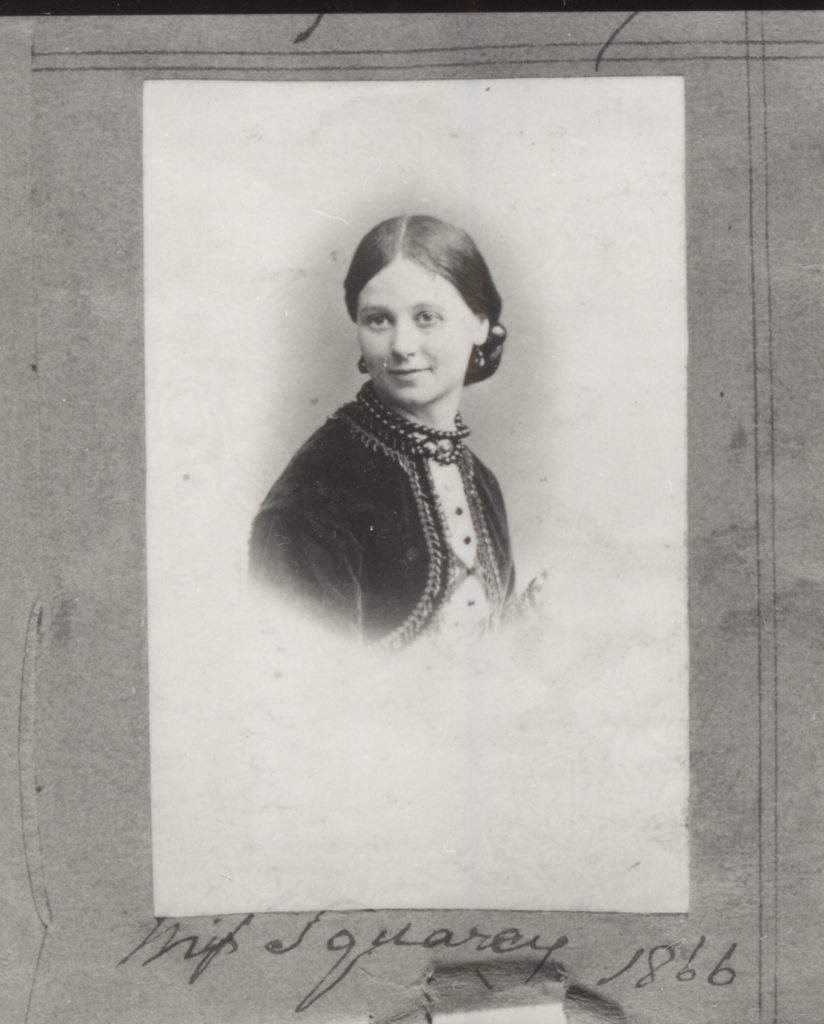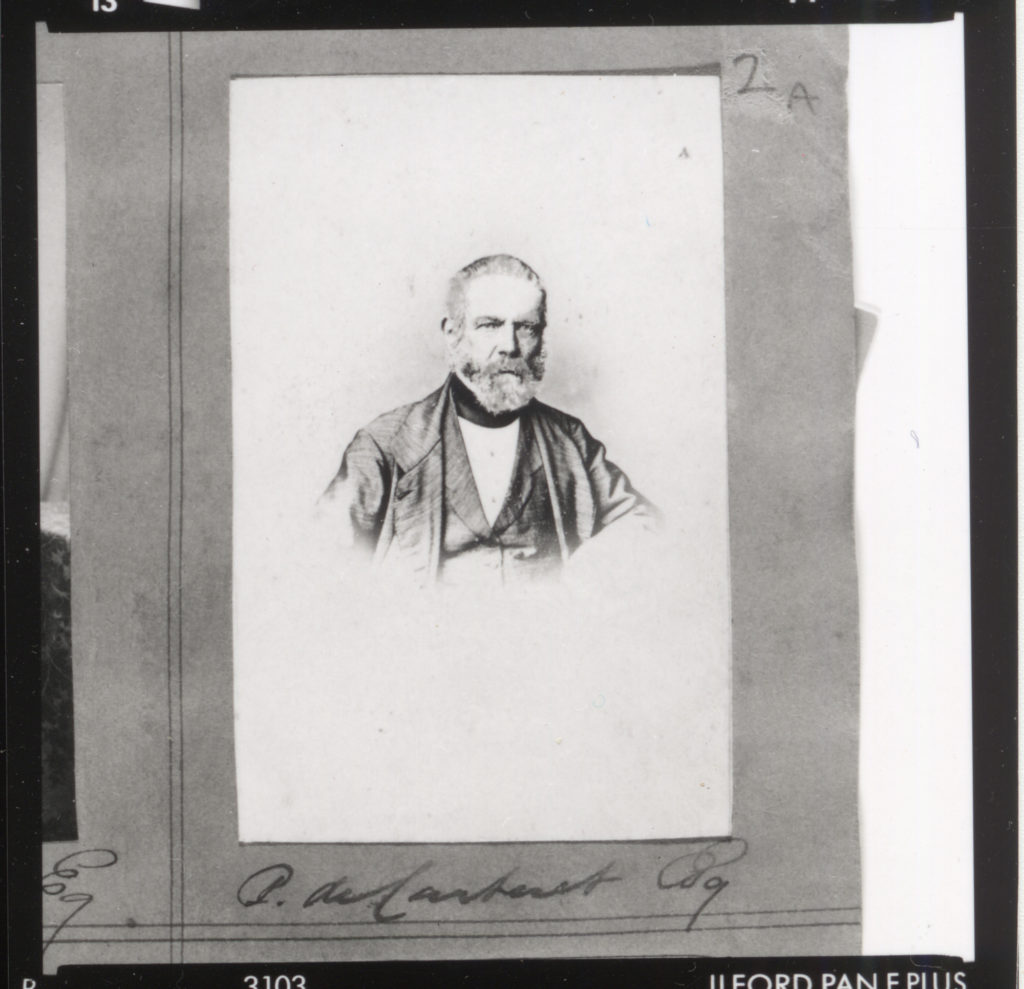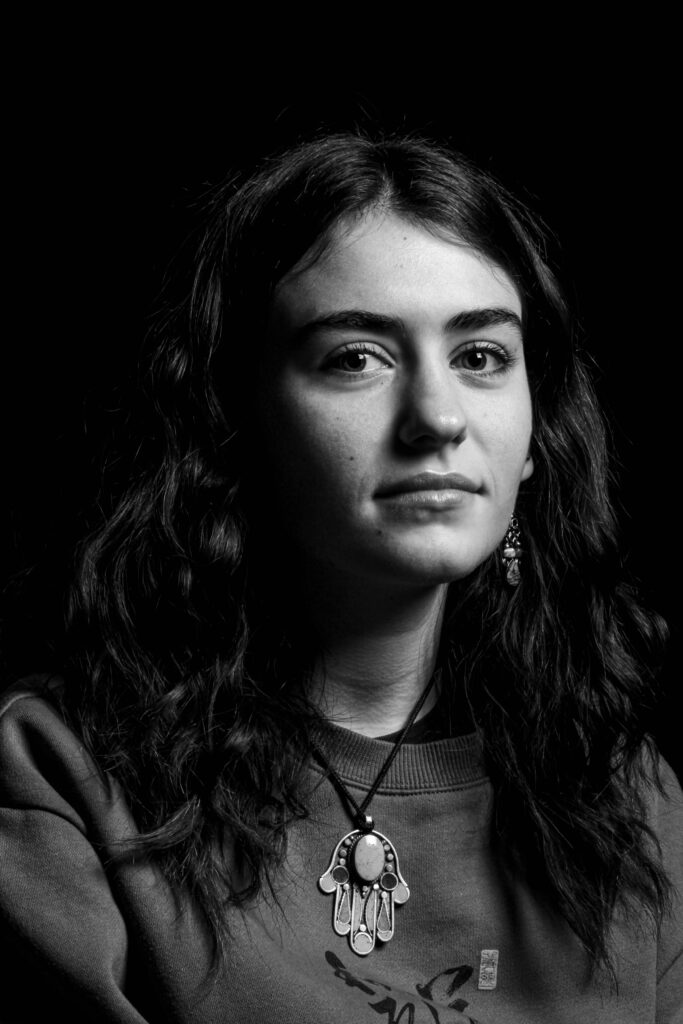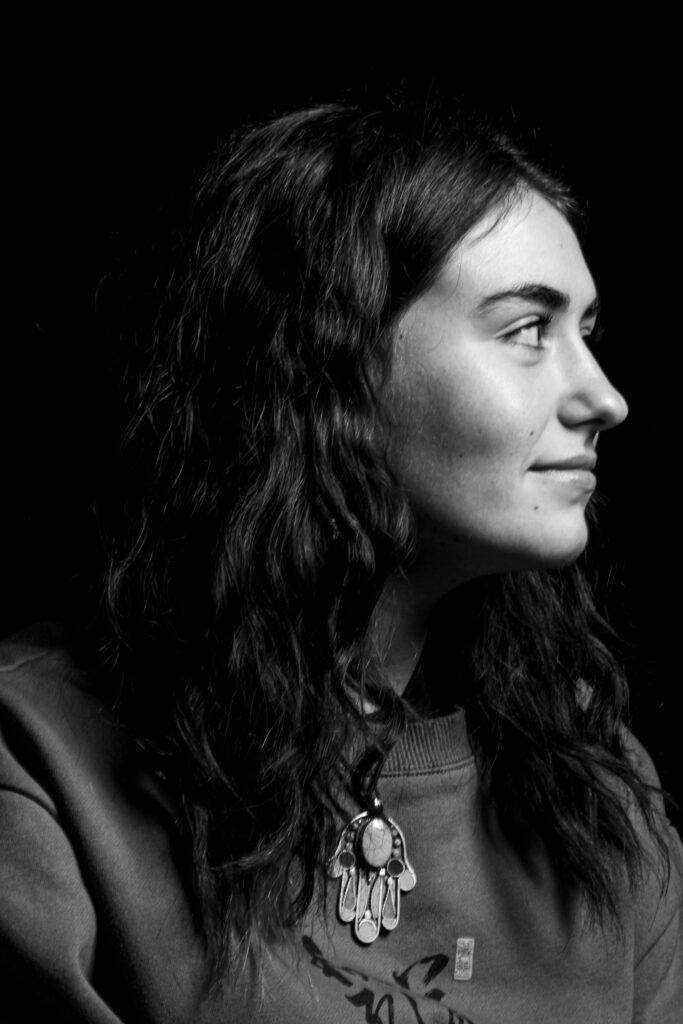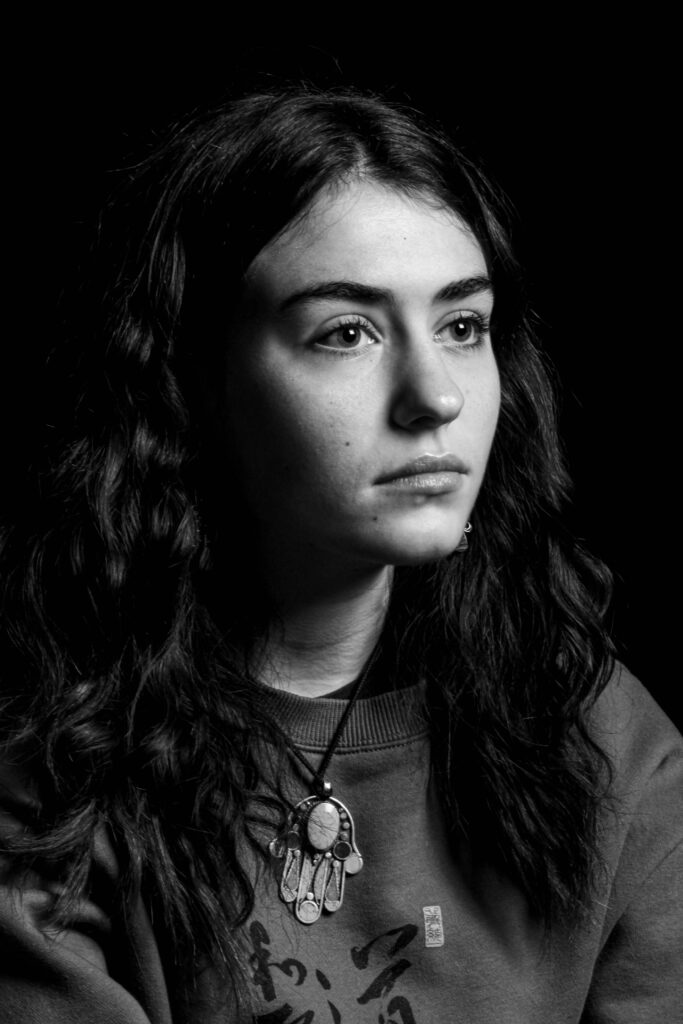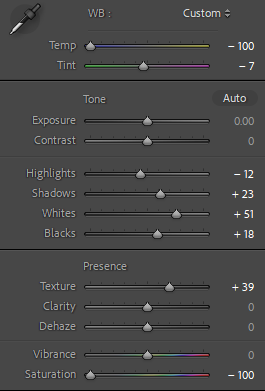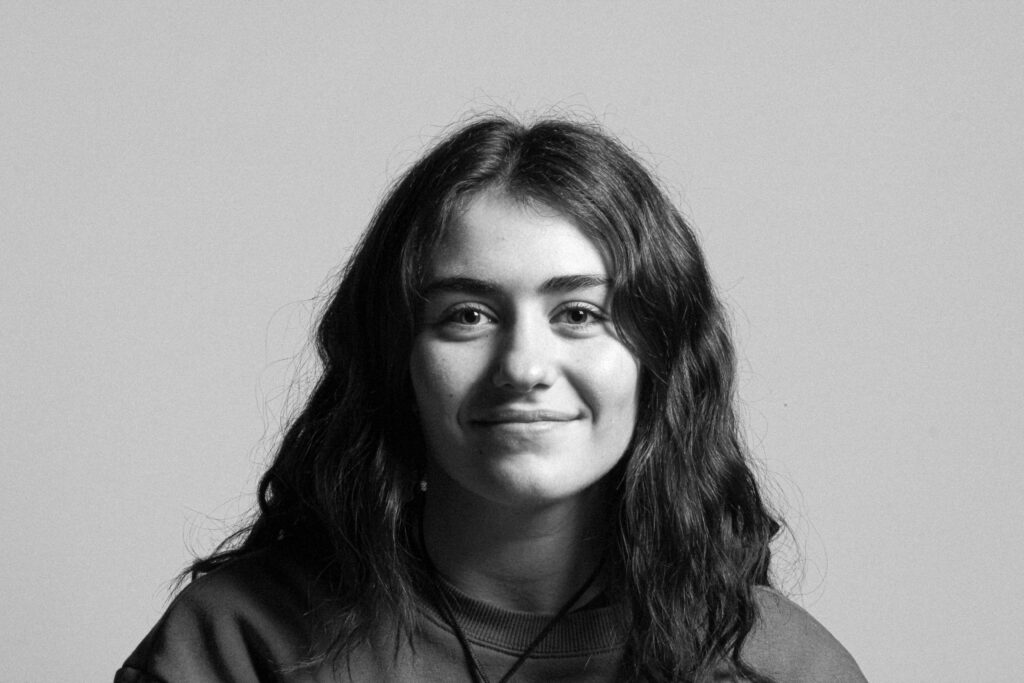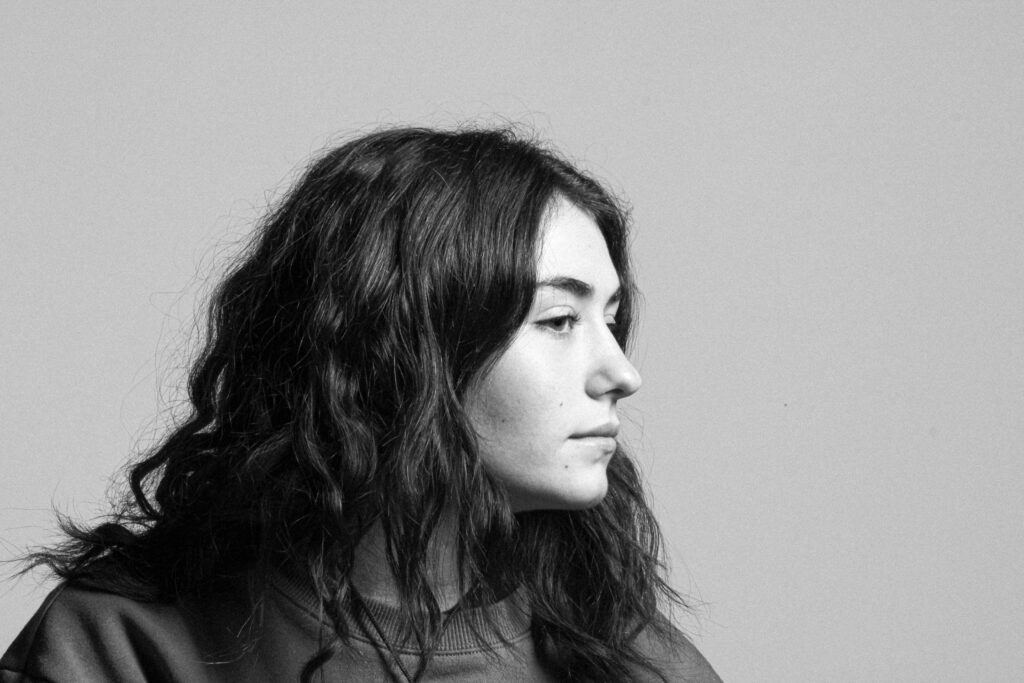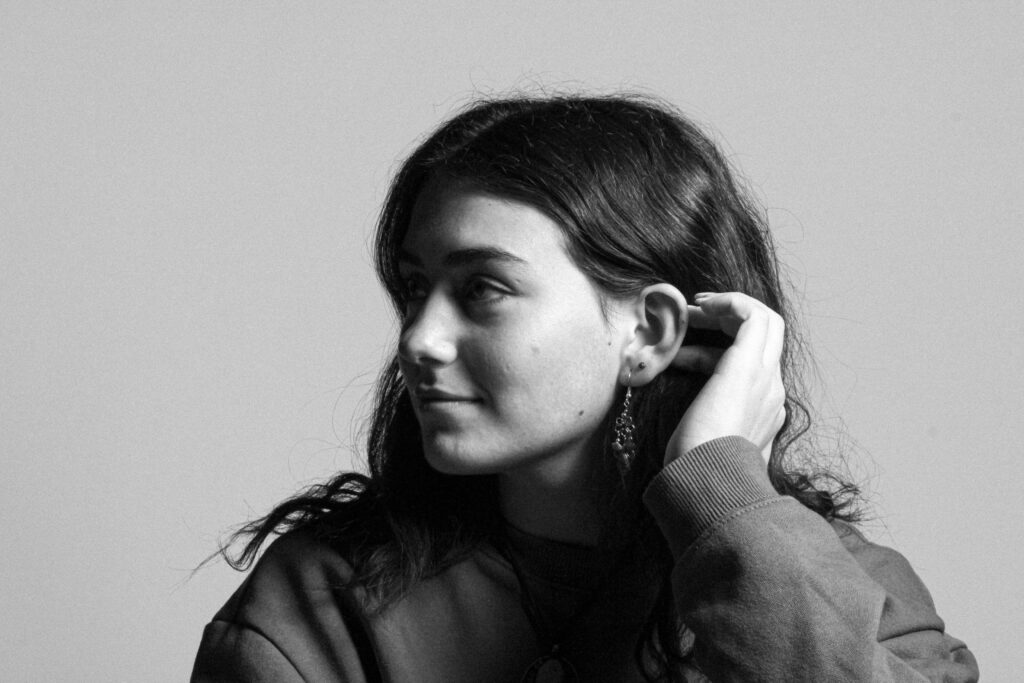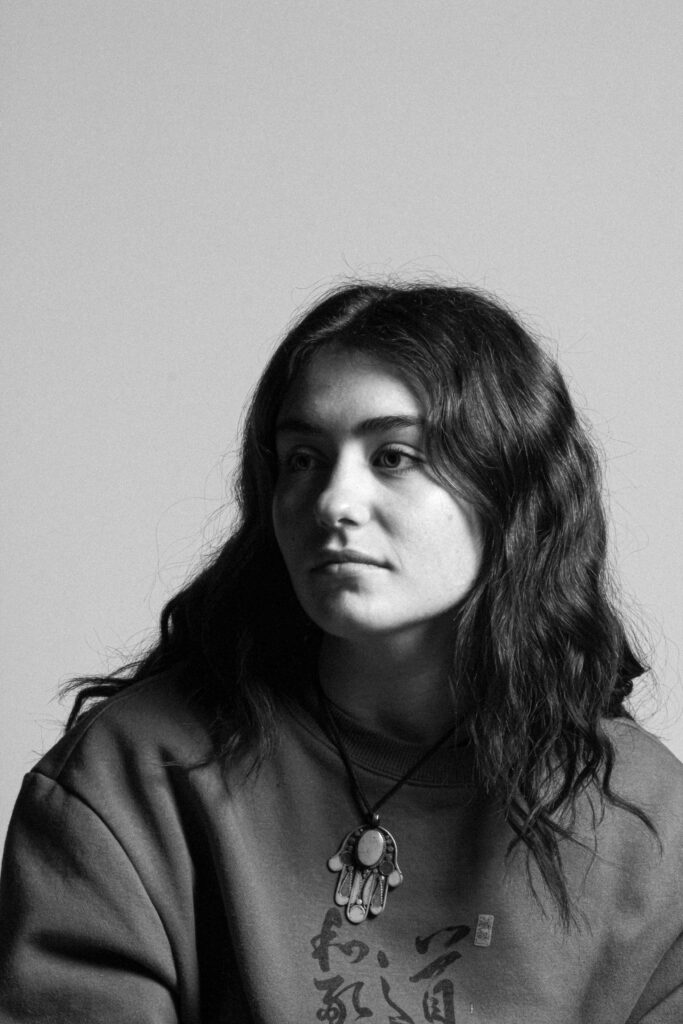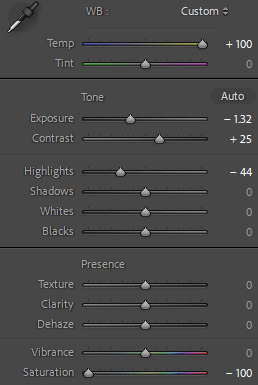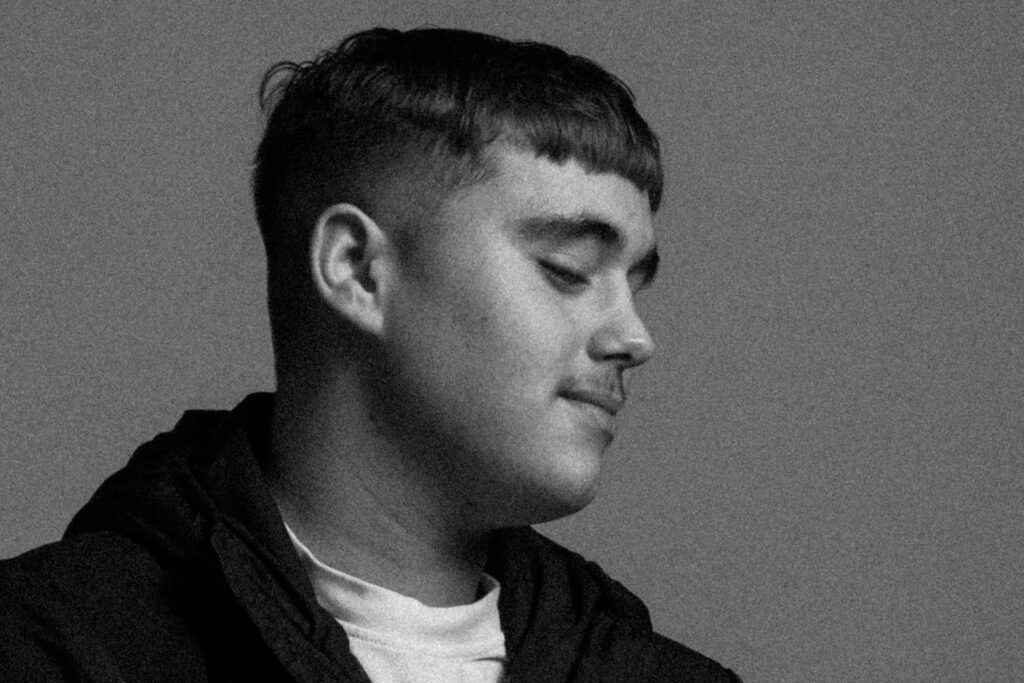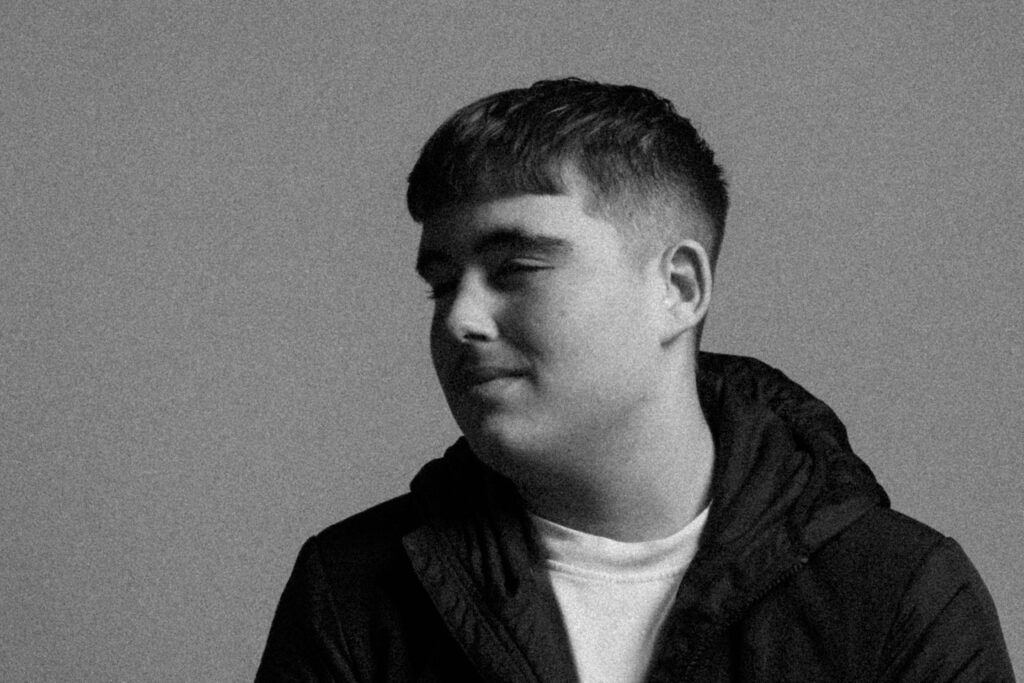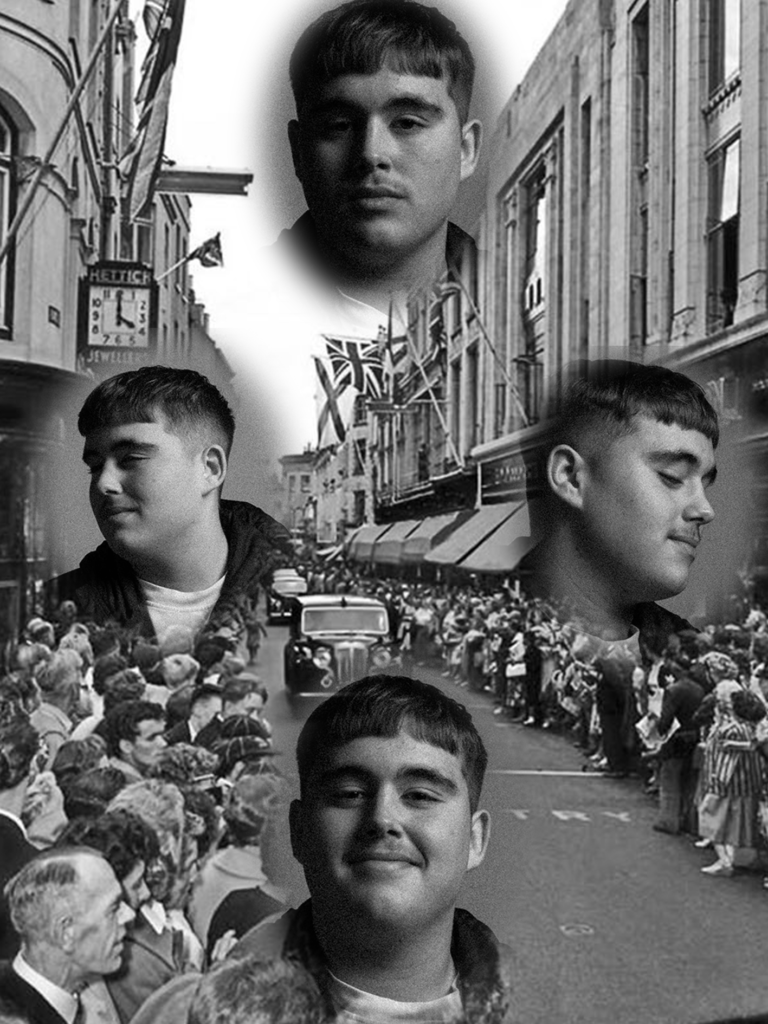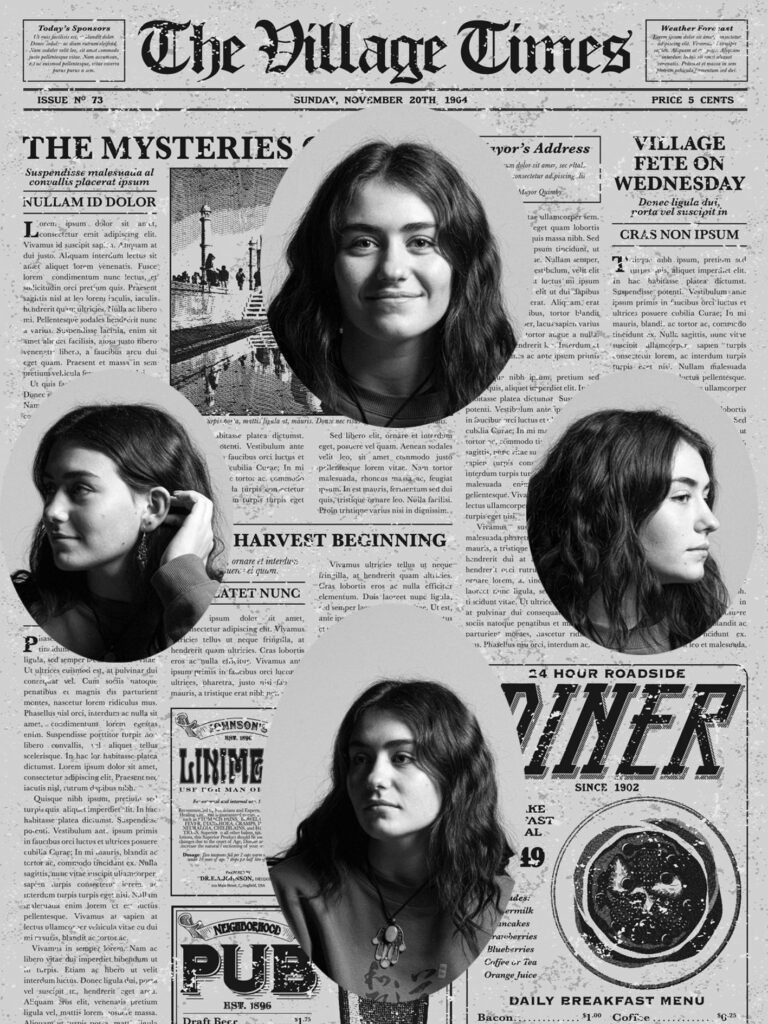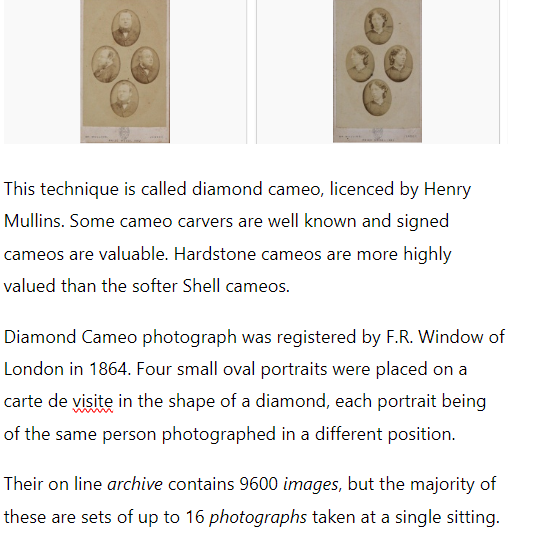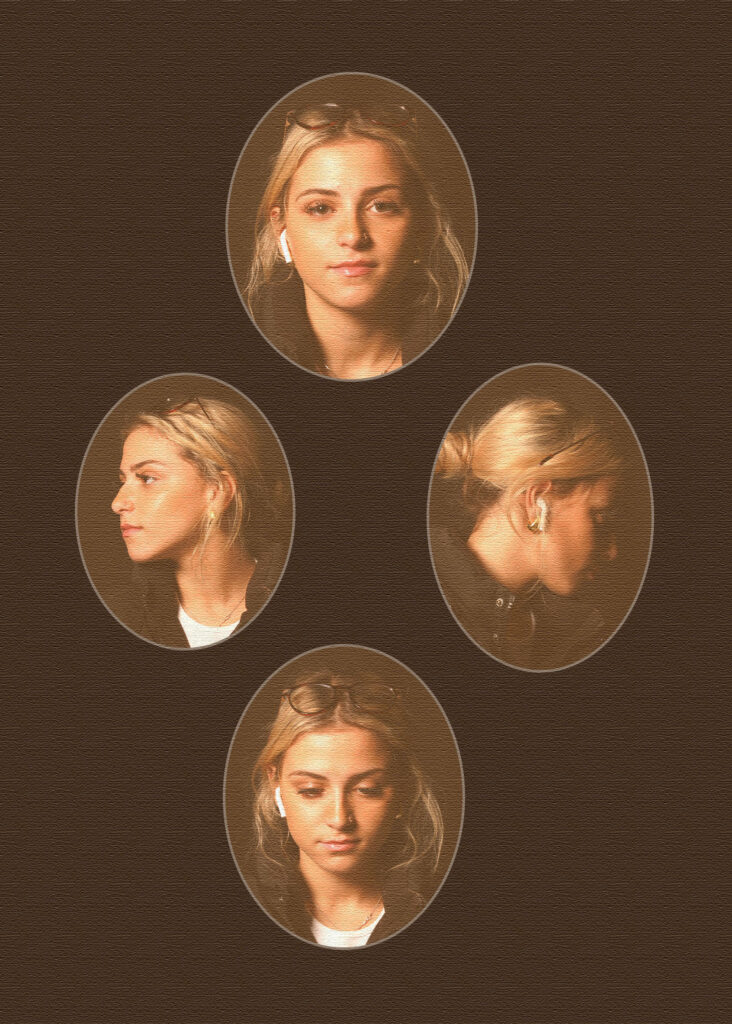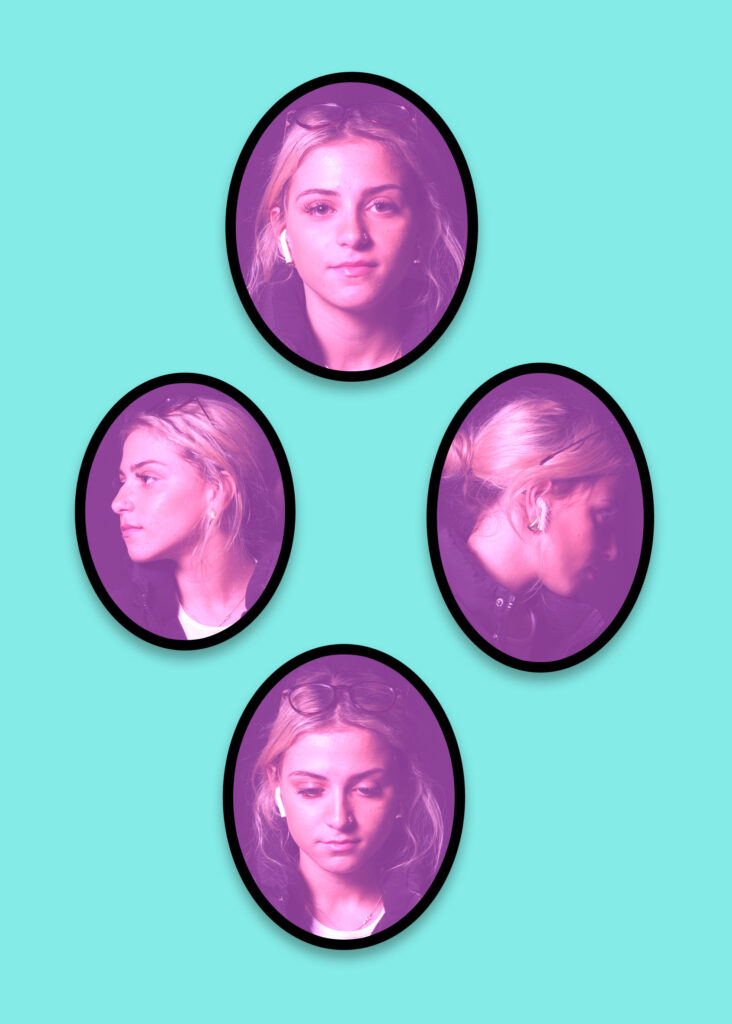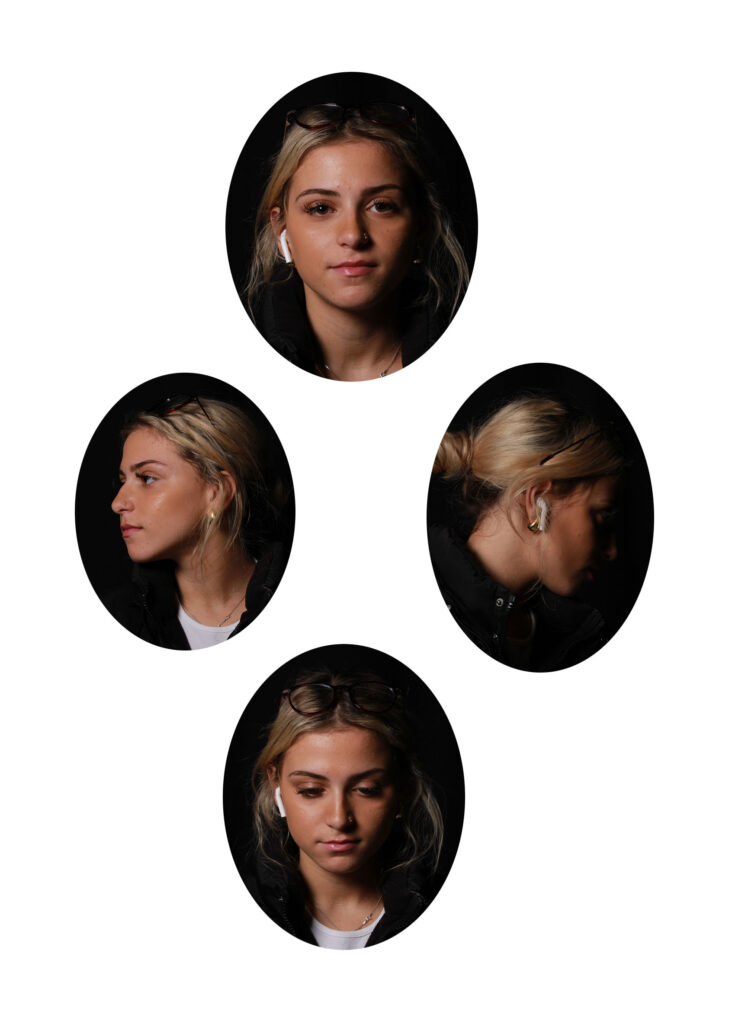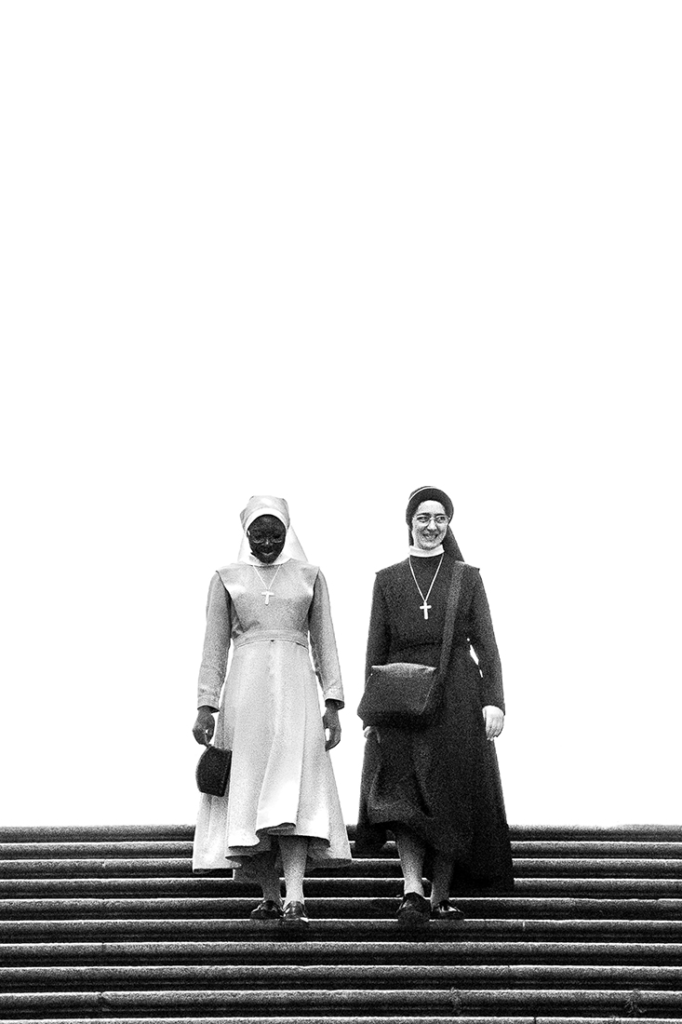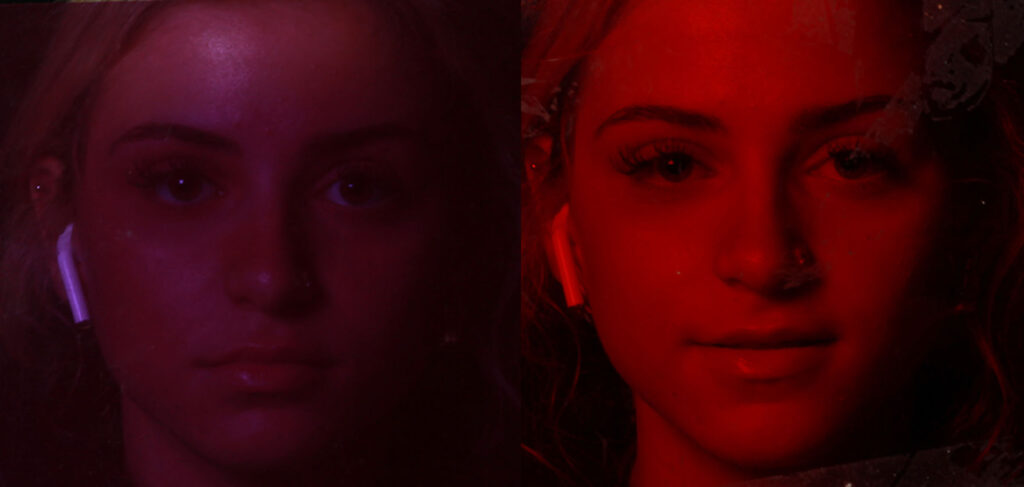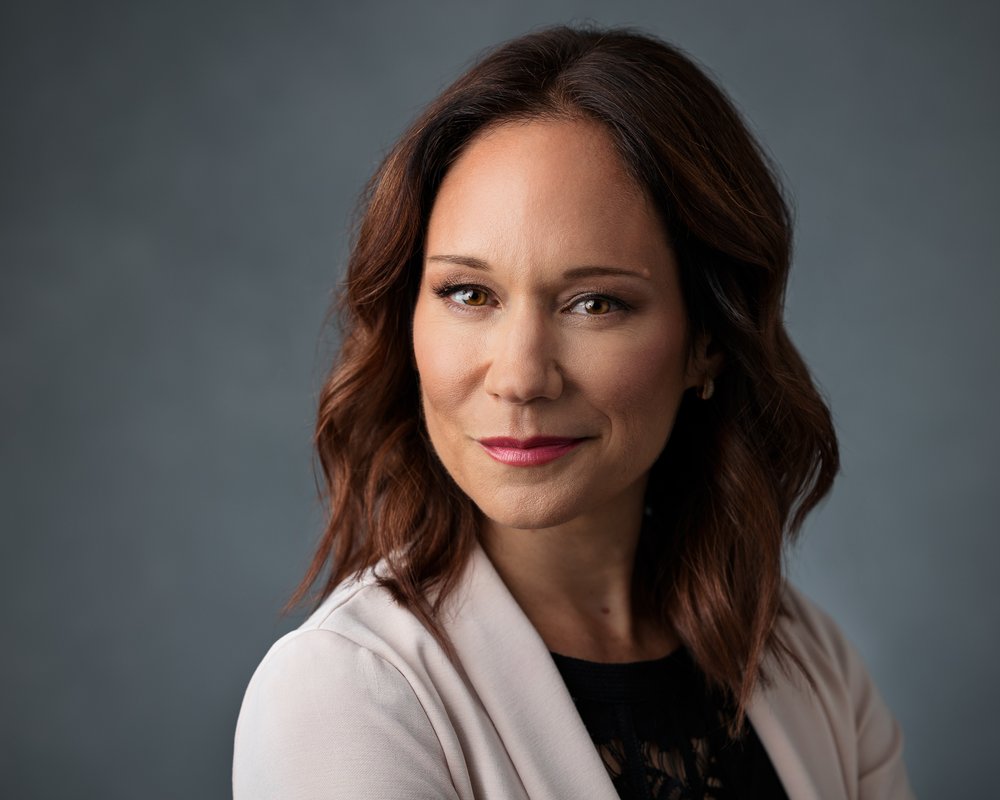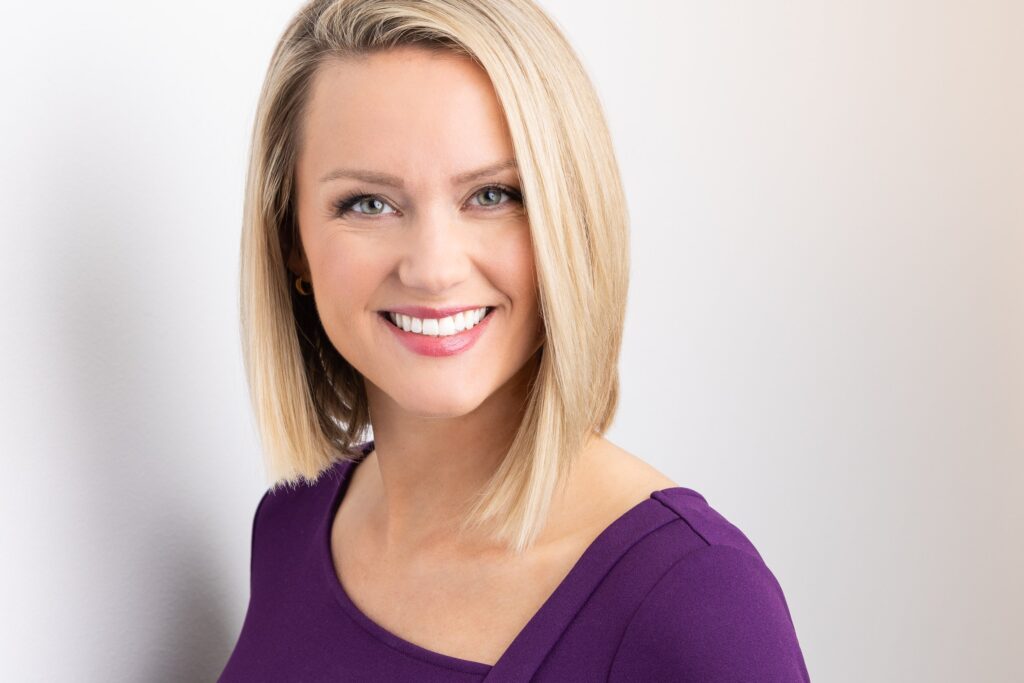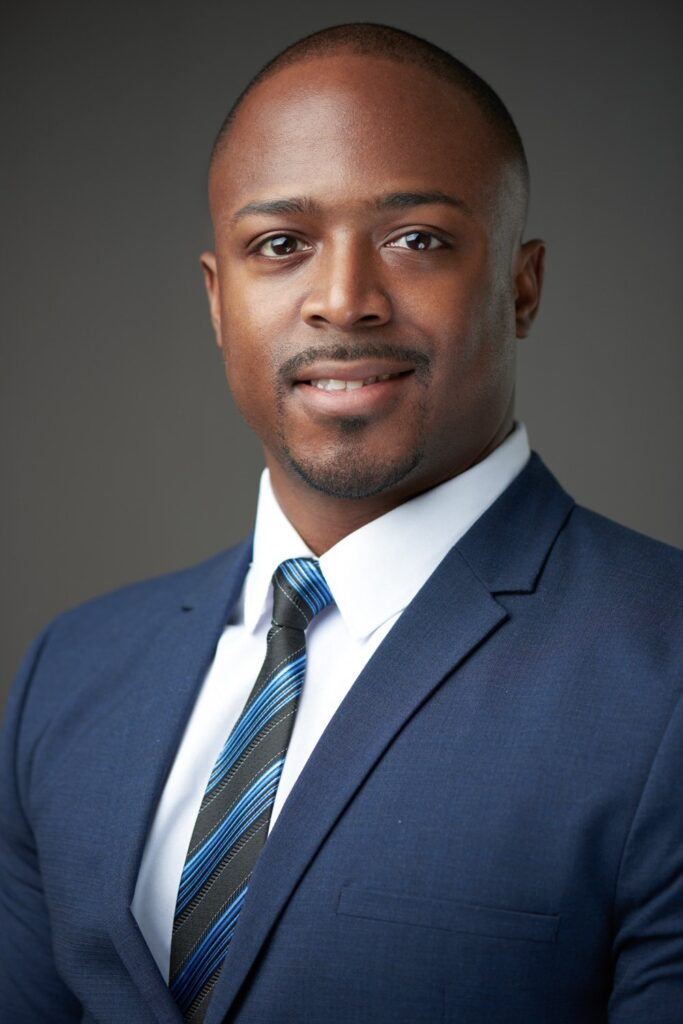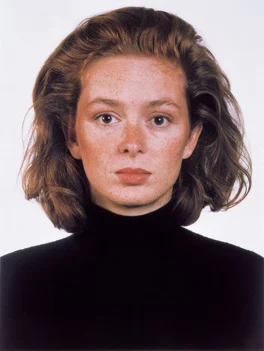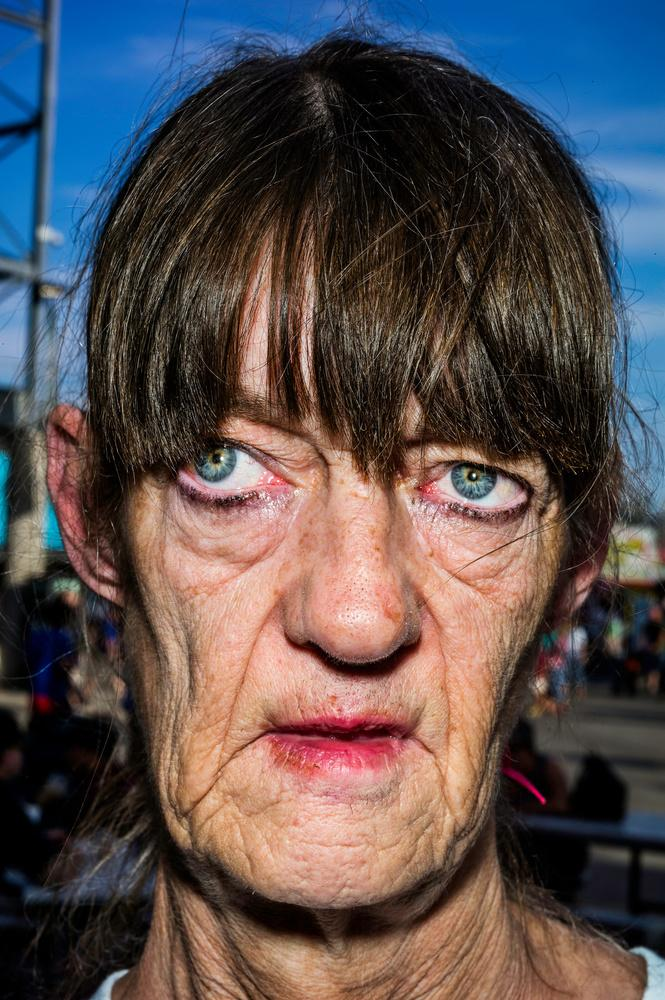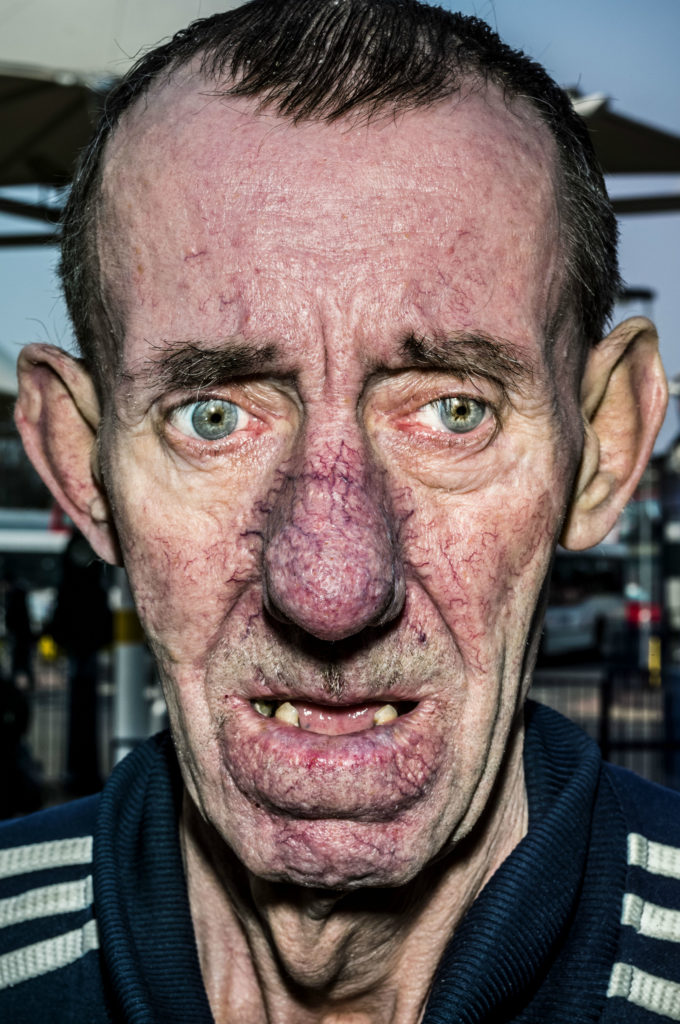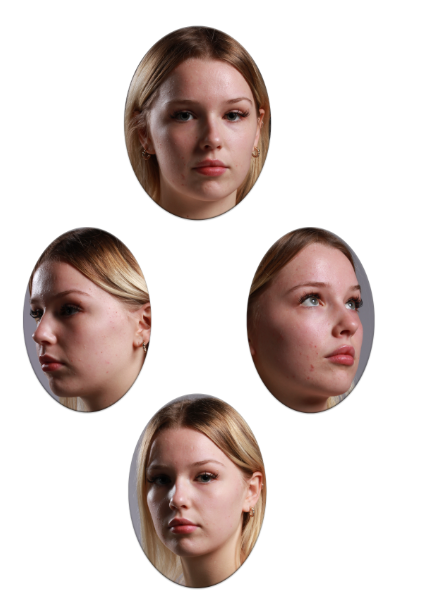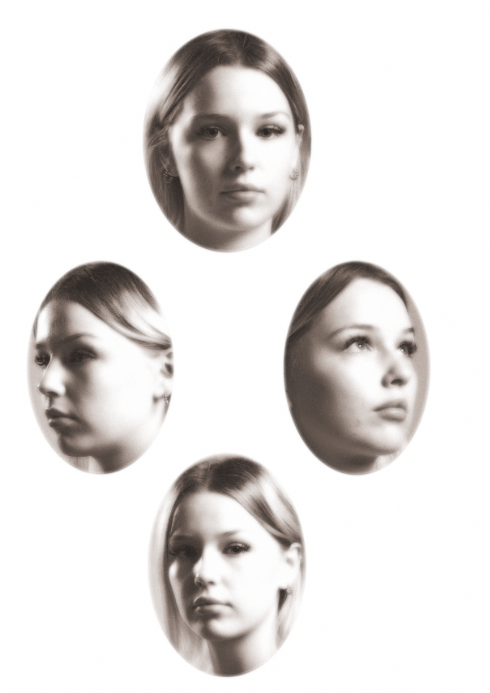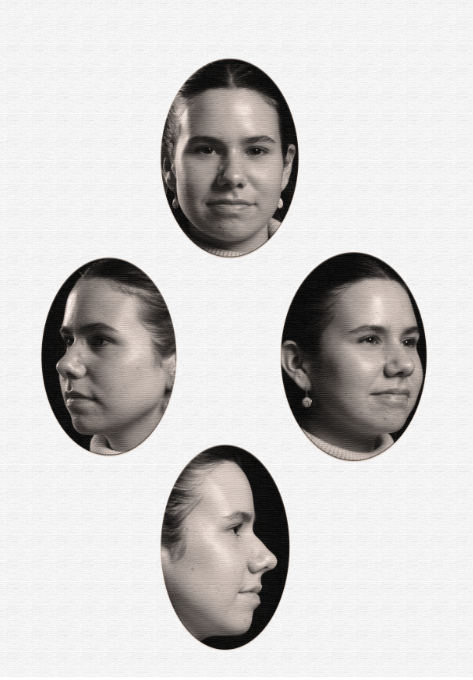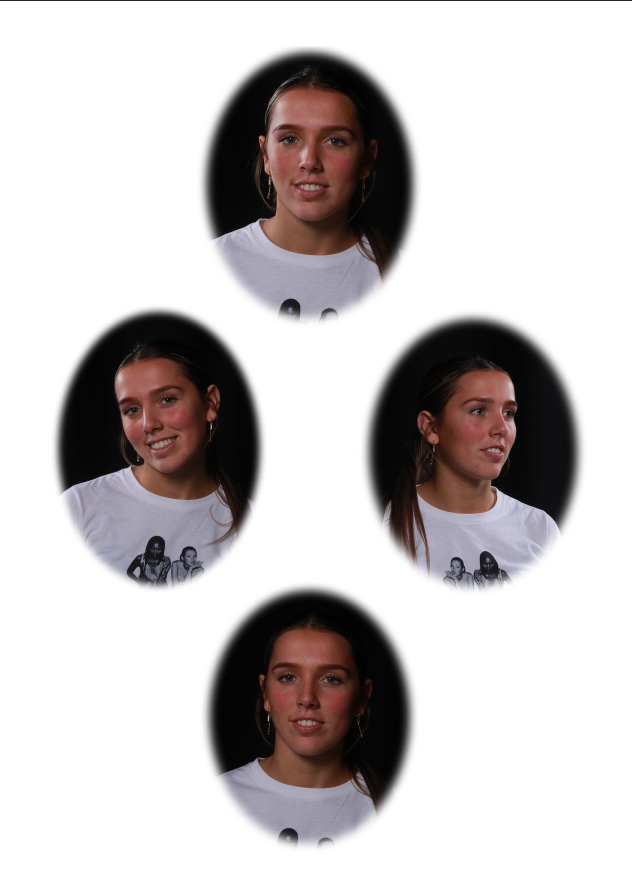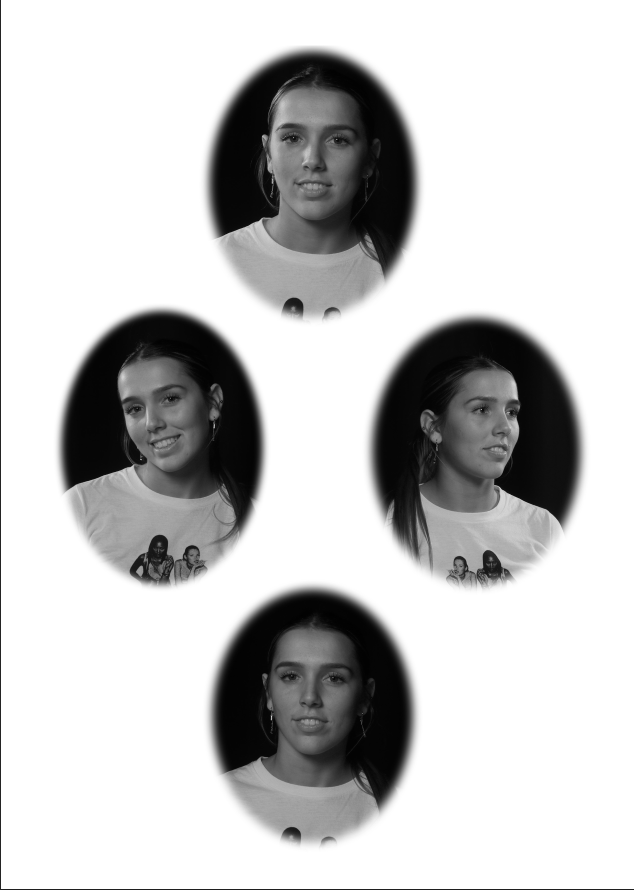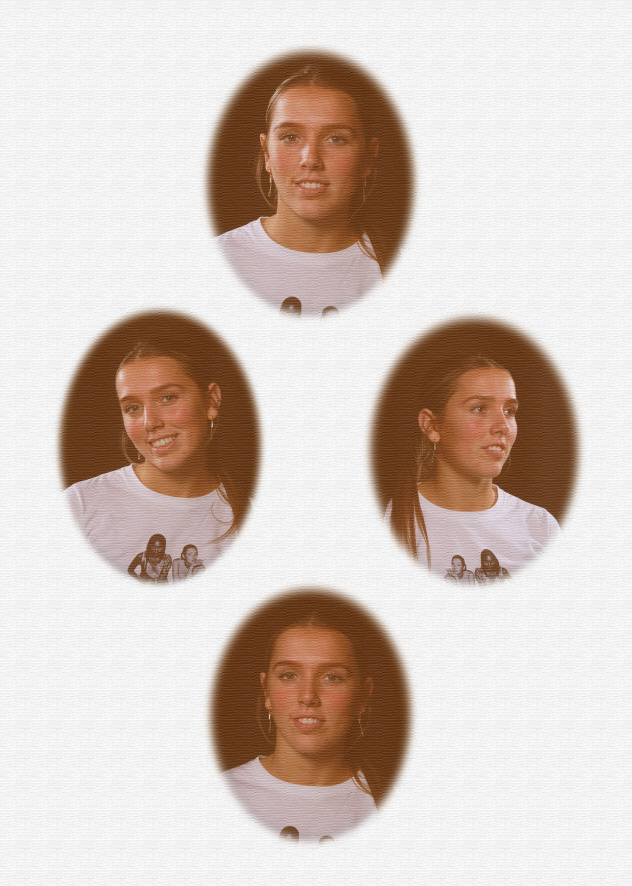


Henry Mullins – (1818-1880) was a photographer who, between 1850-73 Henry Mullins made over 9000 carte de visite portraits of Jersey’s ruling elite and wealthy upper classes. The collection that exists of his work comes through his studio albums, in which he placed his clients in an ordered grid with reference to mid-nineteenth century social hierarchies. Throughout his career, Mullins collaborated with numerous acclaimed actors, directors, and production teams. Not only did he provide stunning headshots, but he also worked on set, capturing behind-the-scenes moments and promotional images for various films and television productions.

Cartes de visite:
A cartes de visite was a thin paper photograph mounted on a thicker paper card. The size of a carte de visite is 54.0 × 89 mm and this is placed on a card sized 64 × 100 mm.
Henry was known for specialising in Cartes de visite, the photographic archive of ‘La Société’ contains a large amount of these (online archive being 9600 images). This archive has been described as the ‘first commercial photographic print’ this print was produced using egg whites to bind the chemicals of the photos and straight onto the paper. However, this method is very much avoided these days as more reliable methods have been discovered. Due to the photo being a result of exposure to light, an albumen print may be said to be a printed rather than a developed photograph. Traditionally small thin photograph mounted onto a thicker piece of card would be used for this but Henry Mullins used an album to display his work instead.
Many of these images contained the island’s most affluent and influential people, alongside officers of the Royal Militia Island of Jersey, for whom it was very popular to have portraits taken, as well as of their wives and children. The images of the officers document the change in generations as they do not look like the general person today, showing the fashion for long hair, whiskers and beards in the mid-1800s. Their appearance makes it difficult for the viewer to differentiate who is who as they were styled almost identically during this time.


Diamond Cameo:
This layout of final images is called a Diamond cameo due to the diamond-like shape produced by the placement of oval images. I like this technique as it is more unique and more appealing and eye catching to the eye as you can see all format and possible sides of his face allowing you to see every detail rather than a normal layout of images put together.

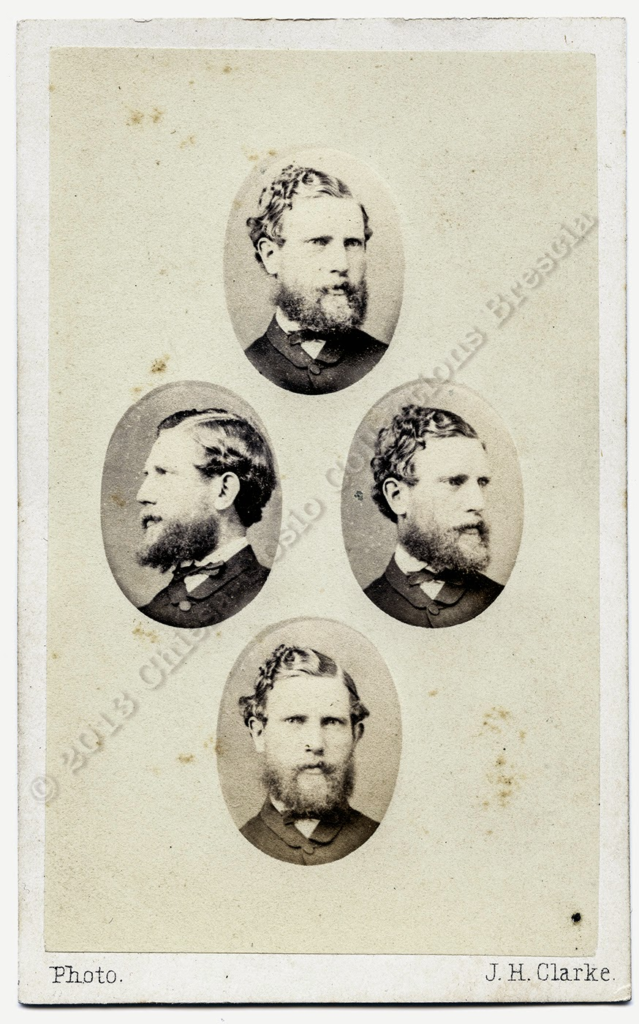
Here are some examples of diamond cameos from other artists, I decided to also research some other artists cameos just to see if there are any other ideas or techniques that I could pick up or recreate to use in my own creations. I also have attached some images of Henry Mullins’ work on diamond cameos as I think his work especially captures a more rustic and meaningful message through his cameos. I hope to capture the effect of my models looking from different angles as I think this will really escalate my edit of my photography to the next level and get as close to Henry Mullins’ but with my own individual twist on it.
